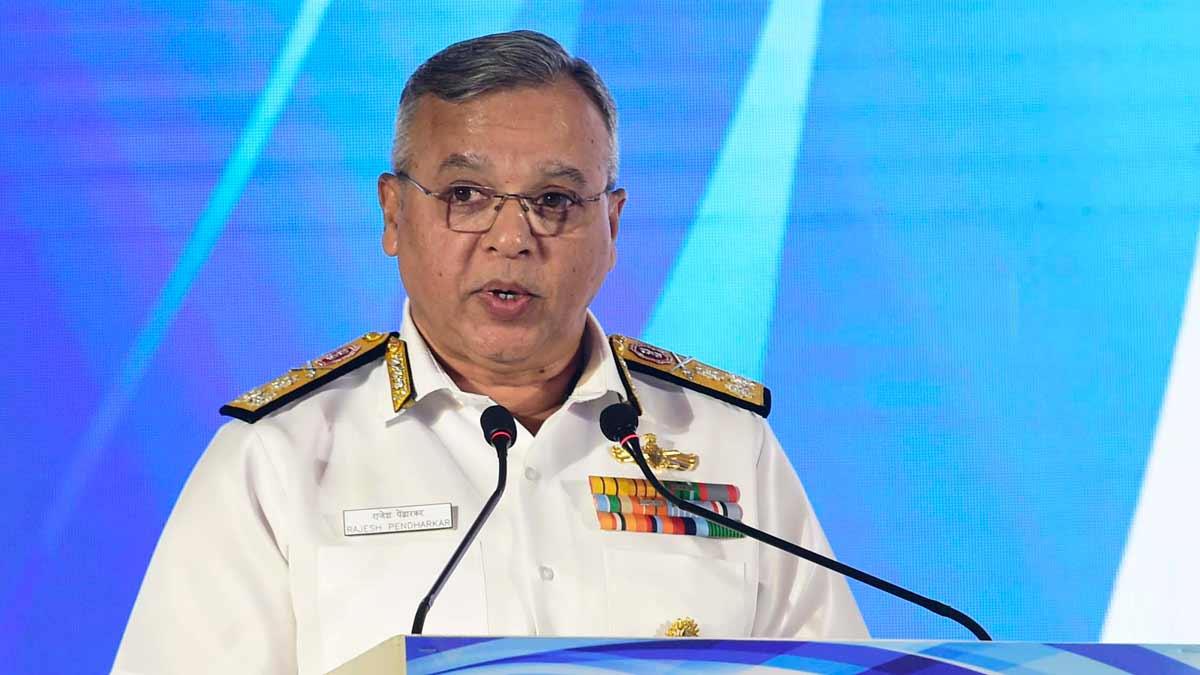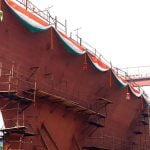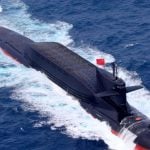The Indian Navy is setting ambitious goals for the future, with plans to expand its fleet to over 200 ships by 2035 and achieve approximately 90 percent indigenisation. This vision was articulated by Vice Admiral Rajesh Pendharkar, AVSM, VSM, who currently serves as the Flag Officer Commanding-in-Chief of the Eastern Naval Command. During his keynote address at THE WEEK Maritime Conclave 2024 held in Chennai, Pendharkar emphasized the Navy’s aspiration to be completely self-reliant—termed “Aatma Nirbhar”—by the year 2047.
Reflecting on the Navy’s growth since India’s independence, Pendharkar highlighted a significant increase from a modest fleet of just 35 ships to approximately 130 operational vessels today, supported by two capable fleets. He observed how the post-9/11 era has transformed maritime security priorities, focusing on anti-piracy efforts and collaborative missions with regional navies. The Vice Admiral noted that since 2015, enhancements in the Navy’s capabilities have increased by around 20 percent, reinforcing its strategic role in securing India’s maritime interests.
He pointed to a paradigm shift in India’s maritime policy from “look east” to “act east,” indicating an expansion of operational areas reaching as far as the Gulf of Guinea on the western coast and the Pacific Ocean to the east. This broadening of interests includes the Southern Ocean for surveillance, joint exercises, and combating piracy.
Pendharkar underscored the Navy’s crucial function amidst the growing significance of maritime trade and transportation, emphasizing that 95 percent of India’s trade by volume and 70 percent of its energy needs transit through the Indian Ocean. This places the Navy at the forefront of national security efforts concerning the nation’s strategic well-being.
Looking ahead, he predicted that India’s ocean economy could surpass one trillion dollars by 2025. This growth, he argued, would significantly impact job creation, boost exports, enhance food security, and uplift coastal communities. To harness this potential, he called for the modernization and development of the shipbuilding industry and trans-shipment hubs, leveraging India’s lengthy 7,500-kilometer coastline to elevate the country’s status as a maritime power.
During the conclave, Pendharkar also reflected on India’s rich maritime heritage, tracing it back to ancient texts that reference naval trade and exploration. He cited the Rig Veda, which dates back to approximately 1500 BC, as a foundational document that establishes the significance of maritime activities in Indian culture, from which the Indian Navy’s motto ‘Sham no Varunah’ is derived.
The Vice Admiral also acknowledged the historic contributions of various Indian kingdoms and dynasties to the maritime industry, which once played a pivotal role in India’s GDP during the 16th century. However, he noted that the decline began with colonial rule. By taking lessons from its past, Pendharkar is optimistic about India’s potential to reclaim its maritime supremacy.













